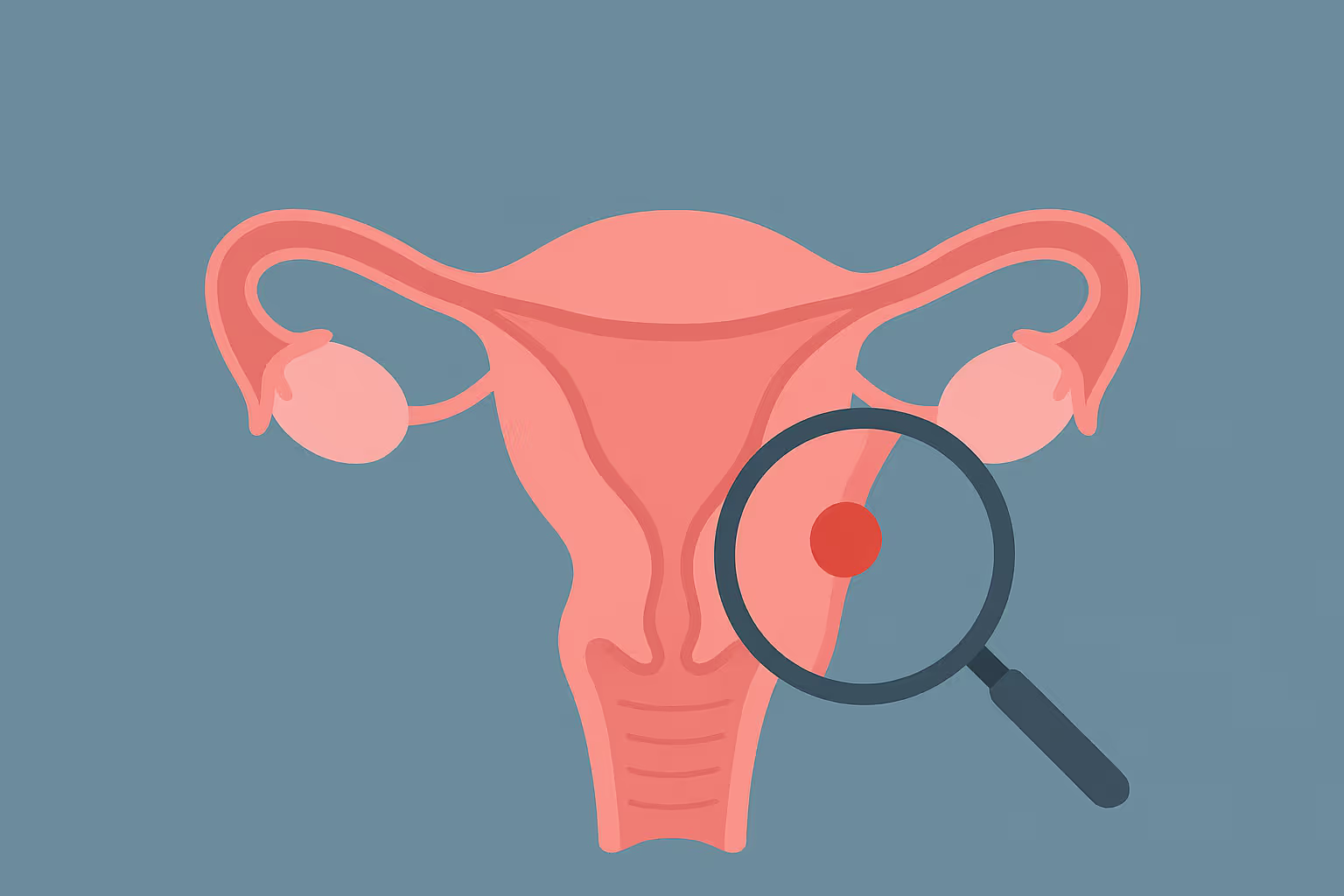Understanding and Addressing Fallopian Tube Blockages

When it comes to fertility challenges, blocked fallopian tubes are one of the most common, but least discussed, causes of infertility. Often silent and symptomless, this condition can...
When it comes to fertility challenges, blocked fallopian tubes are one of the most common, but least discussed, causes of infertility. Often silent and symptomless, this condition can prevent conception even when ovulation and hormone levels appear normal. At Reproductive Centers of America, we believe knowledge is the first step toward hope. Here’s what you need to know.
Understanding and Addressing Fallopian Tube Blockages
When it comes to fertility challenges, blocked fallopian tubes are one of the most common—but least discussed—causes of infertility. Often silent and symptomless, this condition can prevent conception even when ovulation and hormone levels appear normal. At Reproductive Centers of America, we believe knowledge is the first step toward hope. Here’s what you need to know.
What Are Fallopian Tubes and Why Do They Matter?
Fallopian tubes are slender pathways that connect the ovaries to the uterus. Their role is critical: during ovulation, an egg travels from the ovary through the fallopian tube, where it may meet sperm and become fertilized before moving to the uterus for implantation.
When one or both tubes are blocked, this journey is interrupted. Fertilization cannot occur—or the fertilized egg cannot reach the uterus—leading to infertility or an increased risk of ectopic pregnancy.
Causes of Blocked Fallopian Tubes
Blockages can form from a variety of conditions, many of which develop silently over time. Common causes include:
- Pelvic Inflammatory Disease (PID): Often the result of untreated sexually transmitted infections, PID can scar the fallopian tubes.
- Endometriosis: Endometrial tissue outside the uterus can cause inflammation and adhesions that affect the tubes.
- Previous Surgeries: Pelvic or abdominal surgery may lead to scar tissue that compresses or blocks the tubes.
- Ectopic Pregnancy History: A previous ectopic pregnancy can damage the structure of the fallopian tubes.
- Hydrosalpinx: A specific type of blockage where the tube fills with fluid and swells, often reducing IVF success if left untreated.
Signs and Symptoms
Most individuals with blocked tubes experience no symptoms at all—the condition is often only discovered during fertility testing. However, in some cases, chronic pelvic pain or irregular menstruation may be associated with the underlying cause.
Diagnosis
To determine if your fallopian tubes are open and functioning, your fertility specialist may recommend:
- Hysterosalpingography (HSG): A specialized X-ray using contrast dye to visualize the uterus and fallopian tubes.
- Sonohysterogram: A saline ultrasound that gives a clearer view of uterine and tubal structures.
- Laparoscopy: A minimally invasive surgical procedure that allows direct visualization and treatment of tubal issues.
Treatment Options
The right approach depends on the location and severity of the blockage, as well as your overall fertility goals. At RCA, we offer:
- Minimally Invasive Surgery: In some cases, surgery can remove scar tissue or reopen a blocked tube.
- In Vitro Fertilization (IVF): If the tubes are severely damaged or filled with fluid (hydrosalpinx), IVF may be the most effective route, bypassing the tubes entirely.
- Salpingectomy: Removal of a blocked or swollen tube can actually improve IVF outcomes by eliminating inflammatory fluid.
Understanding and Addressing Fallopian Tube Blockages
When it comes to fertility challenges, blocked fallopian tubes are one of the most common—but least discussed—causes of infertility. Often silent and symptomless, this condition can prevent conception even when ovulation and hormone levels appear normal. At Reproductive Centers of America, we believe knowledge is the first step toward hope. Here’s what you need to know.
What Are Fallopian Tubes and Why Do They Matter?
Fallopian tubes are slender pathways that connect the ovaries to the uterus. Their role is critical: during ovulation, an egg travels from the ovary through the fallopian tube, where it may meet sperm and become fertilized before moving to the uterus for implantation.
When one or both tubes are blocked, this journey is interrupted. Fertilization cannot occur—or the fertilized egg cannot reach the uterus—leading to infertility or an increased risk of ectopic pregnancy.
Causes of Blocked Fallopian Tubes
Blockages can form from a variety of conditions, many of which develop silently over time. Common causes include:
- Pelvic Inflammatory Disease (PID): Often the result of untreated sexually transmitted infections, PID can scar the fallopian tubes.
- Endometriosis: Endometrial tissue outside the uterus can cause inflammation and adhesions that affect the tubes.
- Previous Surgeries: Pelvic or abdominal surgery may lead to scar tissue that compresses or blocks the tubes.
- Ectopic Pregnancy History: A previous ectopic pregnancy can damage the structure of the fallopian tubes.
- Hydrosalpinx: A specific type of blockage where the tube fills with fluid and swells, often reducing IVF success if left untreated.
Signs and Symptoms
Most individuals with blocked tubes experience no symptoms at all—the condition is often only discovered during fertility testing. However, in some cases, chronic pelvic pain or irregular menstruation may be associated with the underlying cause.
Diagnosis
To determine if your fallopian tubes are open and functioning, your fertility specialist may recommend:
- Hysterosalpingography (HSG): A specialized X-ray using contrast dye to visualize the uterus and fallopian tubes.
- Sonohysterogram: A saline ultrasound that gives a clearer view of uterine and tubal structures.
- Laparoscopy: A minimally invasive surgical procedure that allows direct visualization and treatment of tubal issues.
Treatment Options
The right approach depends on the location and severity of the blockage, as well as your overall fertility goals. At RCA, we offer:
- Minimally Invasive Surgery: In some cases, surgery can remove scar tissue or reopen a blocked tube.
- In Vitro Fertilization (IVF): If the tubes are severely damaged or filled with fluid (hydrosalpinx), IVF may be the most effective route, bypassing the tubes entirely.
- Salpingectomy: Removal of a blocked or swollen tube can actually improve IVF outcomes by eliminating inflammatory fluid.









